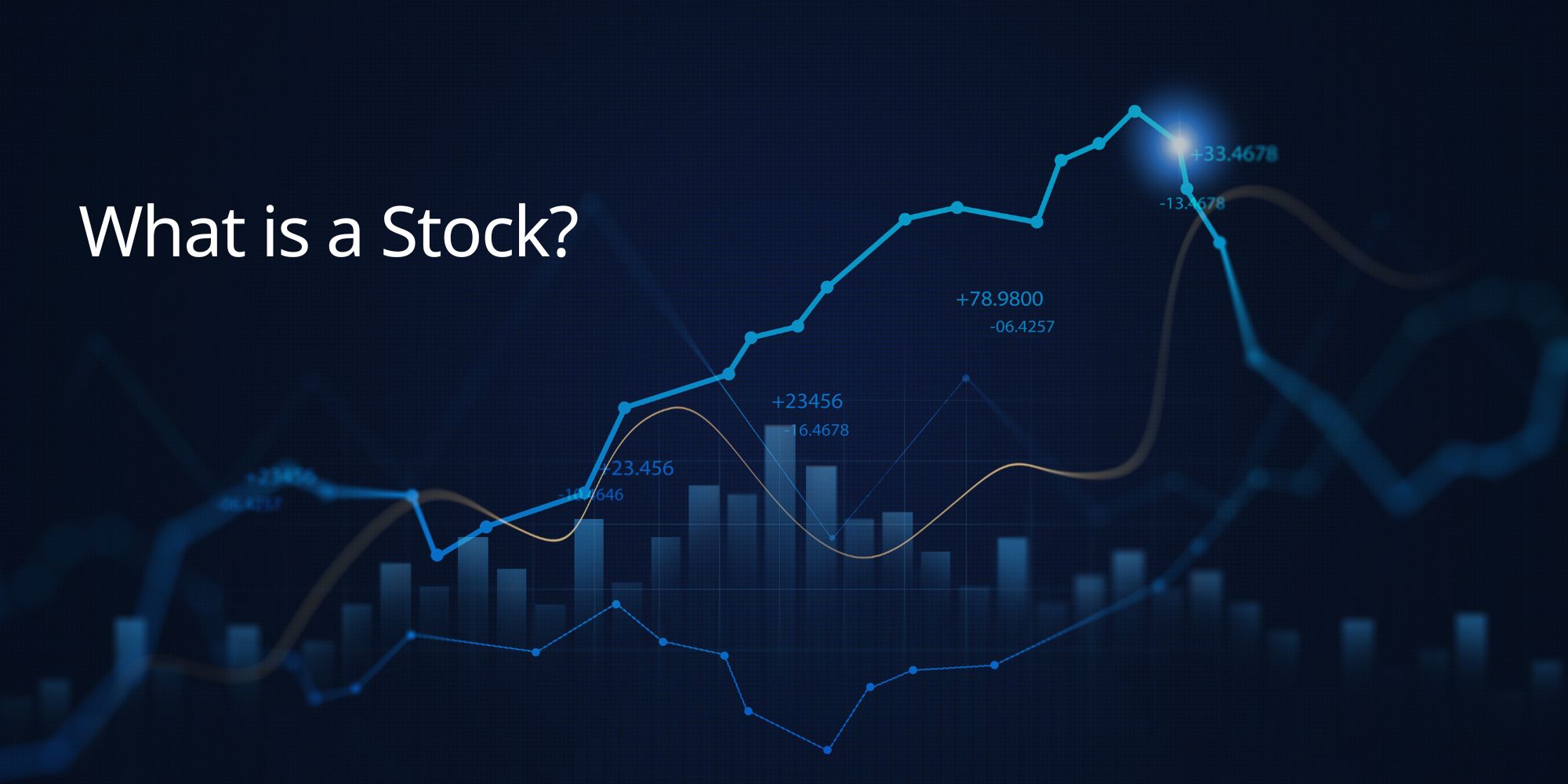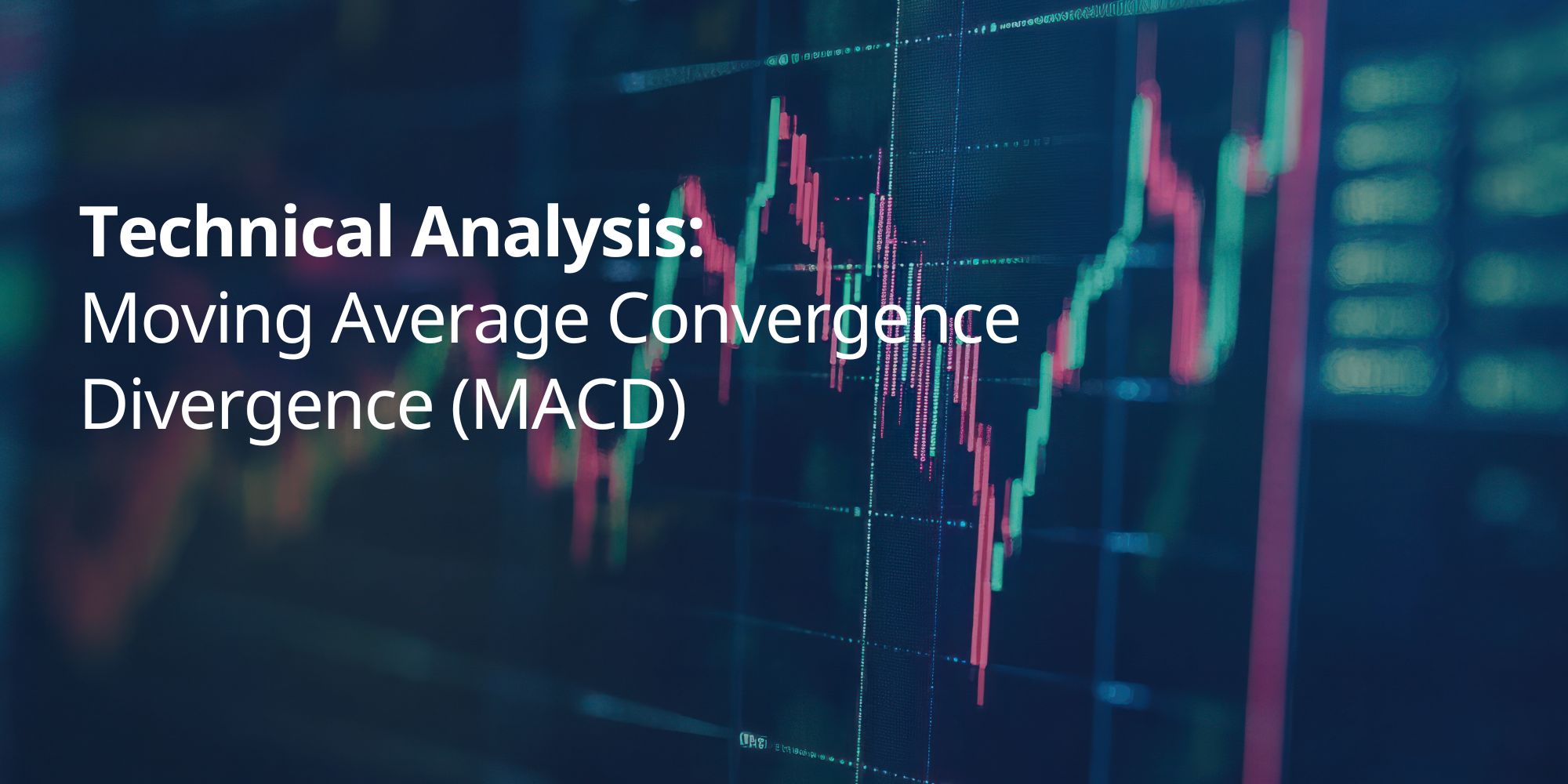Currency pairs are the building blocks of the forex market. They represent the relative value of one currency against another and are the basis for all forex transactions. Whether you’re a seasoned trader or just starting your forex journey, understanding currency pairs is essential for making informed trading decisions.
This comprehensive guide from Plexytrade explores the world of currency pairs. We’ll cover the different types of currency pairs, the factors that influence their values, and how to analyze their movements to identify trading opportunities.
Understanding Currency Pairs in Forex Trading
A currency pair is the quotation of two different currencies, with the value of one currency being quoted against the other. It’s the basic unit of trading in the forex market.
How Currency Pairs Work
Each currency pair consists of a base currency and a quote currency.
- Base Currency: The first currency listed in the pair. It’s the currency you are buying or selling.
- Quote Currency: The second currency listed in the pair. It tells you how much of the quote currency is needed to buy one unit of the base currency.
Example:
In the EUR/USD currency pair:
- EUR is the base currency.
- USD is the quote currency.
If the EUR/USD exchange rate is 1.1000, it means that 1 Euro can be exchanged for 1.10 U.S. dollars.
Types of Currency Pairs
- Major Pairs: These are the most actively traded currency pairs in the world, involving the U.S. dollar and another major currency. Examples include EUR/USD, USD/JPY, and GBP/USD.
- Minor Pairs: Also known as cross-currency pairs, these pairs do not include the U.S. dollar. Examples include EUR/JPY, GBP/JPY, and AUD/CAD.
- Exotic Pairs: These pairs involve a major currency and a currency from a developing or emerging economy. Examples include USD/MXN (Mexican Peso) and EUR/TRY (Turkish Lira).
Why Currency Pairs Matter
Understanding currency pairs is essential for forex traders because:
- Price Quotation: Currency pairs provide a standardized way to quote and trade currencies.
- Trading Decisions: You need to understand the relationship between the base currency and the quote currency to make informed trading decisions.
- Market Analysis: Analyzing the factors that affect currency pairs, such as economic data and geopolitical events, is crucial for successful trading.
Plexytrade offers a wide range of currency pairs for trading, including majors, minors, and exotics. Our advanced trading platforms and educational resources can help you navigate the complexities of the forex market.
Common Currency Pairs in Forex Trading
Currency pairs are the foundation of forex trading. They represent the exchange rate between two currencies. Here are some of the most commonly traded currency pairs:
Major Currency Pairs
Major pairs are the most liquid and widely traded currency pairs in the forex market. They always include the U.S. dollar (USD) paired with another major currency.
- EUR/USD (Euro/U.S. dollar): This is the most traded currency pair globally, representing the economies of the Eurozone and the United States.
- USD/JPY (U.S. dollar/Japanese yen): This pair is known for its high liquidity and is often influenced by safe-haven flows and economic data from Japan.
- GBP/USD (British pound/U.S. dollar): This pair can be volatile due to the sensitivity of the British pound to economic and political events in the United Kingdom.
- USD/CHF (U.S. dollar/Swiss franc): The Swiss franc is often considered a safe-haven currency, making this pair less volatile than some other major pairs.
Minor Currency Pairs
Minor pairs, also known as cross-currency pairs, do not include the U.S. dollar. They involve major currencies from different regions, offering diverse trading opportunities.
- EUR/GBP (Euro/British pound): This pair reflects the economic relationship between the Eurozone and the United Kingdom.
- GBP/JPY (British pound/Japanese yen): This pair can be volatile due to the characteristics of both currencies.
- EUR/AUD (Euro/Australian dollar): This pair is influenced by economic conditions in both Europe and Australia.
- AUD/JPY (Australian dollar/Japanese yen): This pair is often influenced by commodity prices, as Australia is a major commodity exporter.
Exotic Currency Pairs
Exotic pairs involve a major currency and a currency from a developing or emerging economy. These pairs tend to be less liquid and more volatile.
- USD/TRY (U.S. dollar/Turkish lira): This pair can be influenced by political and economic developments in Turkey.
- EUR/ZAR (Euro/South African rand): This pair is affected by factors such as commodity prices and political stability in South Africa.
- USD/SGD (U.S. dollar/Singapore dollar): This pair is influenced by economic conditions in Singapore and the broader Asian region.
- GBP/HKD (British pound/Hong Kong dollar): This pair is linked to both the UK economy and the Hong Kong economy.
Why Knowing Currency Pairs Matters
Understanding the characteristics of different currency pairs can help you:
- Choose the right pairs to trade based on your risk tolerance and trading strategy.
- Analyze the factors that influence the price movements of different pairs.
- Develop more informed trading decisions.
How Currency Pairs Work in Forex Trading
Currency pairs are the foundation of the forex market. They represent the relative value of one currency against another. When you trade forex, you’re essentially buying one currency and simultaneously selling another.
Base Currency and Quote Currency
Each currency pair consists of a base currency and a quote currency.
- Base Currency: The first currency listed in the pair. It’s the currency you are buying or selling.
- Quote Currency: The second currency listed in the pair. It tells you how much of the quote currency is needed to buy one unit of the base currency.
Example:
In the EUR/USD currency pair:
- EUR is the base currency.
- USD is the quote currency.
If the EUR/USD exchange rate is 1.1000, it means that 1 Euro can be exchanged for 1.10 U.S. dollars.
Bid Price, Ask Price, and Spread
- Bid Price: The price at which you can sell the base currency.
- Ask Price: The price at which you can buy the base currency.
- Spread: The difference between the bid and ask price.
Factors Affecting Currency Pair Prices
Exchange rates fluctuate constantly based on various factors, including:
- Economic Data: Economic indicators, such as interest rates, inflation, and GDP growth, can influence the value of a currency.
- Geopolitical Events: Political events, wars, and natural disasters can affect currency values.
- Market Sentiment: The overall sentiment of traders and investors can also impact currency prices.
Trading Currency Pairs
Traders use technical and fundamental analysis to predict the direction of currency pair movements. They might use charting tools, economic calendars, and news sources to inform their trading decisions.
Leverage and Risk Management
Forex traders often use leverage to control larger positions with a smaller amount of capital. However, leverage also increases risk, so it’s crucial to use it responsibly and implement effective risk management strategies, such as stop-loss orders and diversification.
Plexytrade offers a wide range of currency pairs for trading, along with advanced trading platforms, educational resources, and risk management tools to help you navigate the forex market.
Factors Influencing Currency Values in Forex
Currency values in the forex market are constantly changing due to a variety of factors. Understanding these factors can help you make more informed trading decisions.
- Interest Rates: Higher interest rates generally attract foreign investment, increasing demand for the currency and causing it to appreciate. Conversely, lower interest rates can lead to a decrease in demand and depreciation of the currency.
- Economic Performance: A strong economy, with healthy GDP growth, low unemployment, and stable inflation, tends to support a strong currency. Conversely, economic weakness can lead to currency depreciation.
- Political Stability: Political stability and sound governance create a favorable environment for investment and economic growth, which can strengthen a currency. Political instability or uncertainty can have the opposite effect.
- Market Sentiment: The overall sentiment of traders and investors can influence currency values. Positive sentiment can lead to increased demand and appreciation, while negative sentiment can lead to decreased demand and depreciation.
- Trade Balances: A country with a trade surplus (exports exceeding imports) often has a stronger currency, as there is higher demand for its currency to purchase its goods and services. A trade deficit can weaken a currency.
- Commodity Prices: For countries that are major exporters of commodities (like oil or gold), changes in commodity prices can significantly impact their currency values. Rising commodity prices can strengthen the currency, while falling prices can weaken it.
- Central Bank Actions: Central banks can influence currency values through monetary policy tools, such as interest rate adjustments and quantitative easing. Their actions and announcements can affect market expectations and impact currency values.
- Global Events: Major global events, such as natural disasters, pandemics, or geopolitical conflicts, can create uncertainty and volatility in the forex market, leading to fluctuations in currency values.
By analyzing these factors and staying informed about economic and political developments, Plexytrade traders can gain a deeper understanding of the forces that drive currency movements and make more informed trading decisions.
Conclusion
Currency pairs are the heart of forex trading. By understanding how currency pairs work, the factors that influence their values, and the different types of pairs available, you can gain a deeper understanding of the forex market and make more informed trading decisions.
Plexytrade provides the tools and resources you need to effectively analyze and trade currency pairs. Our advanced trading platforms, educational materials, and market insights empower you to:
- Explore a wide range of currency pairs, including majors, minors, and exotics.
- Analyze the factors that influence currency pair movements.
- Develop and implement effective trading strategies.
- Manage your risk and maximize your trading potential.
Ready to start your forex trading journey? Sign up with Plexytrade.com today and unlock the exciting world of currency trading.















